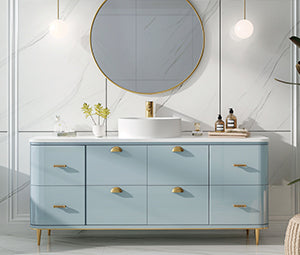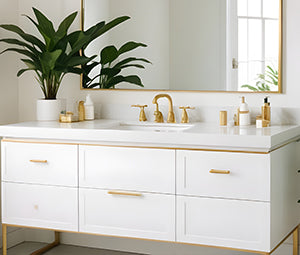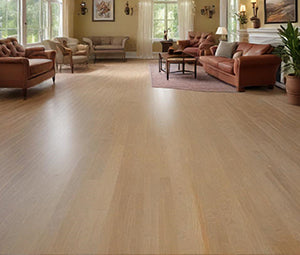The Different Types of Kitchen Cabinets You Should Know
Cabinets are essential parts of every kitchen. And precisely because they’re so essential, choosing the right cabinets for your kitchen can be a monumental task. How many cabinets do you need? How tall should they be? And, of course, what should they look like?
Cabinets come in all shapes, sizes, and appearances. To help you choose, here are six different types of kitchen cabinets you should know and what their pros are.
Shaker
This traditional cabinet is beloved by all. Shaker cabinets feature stiles, rails, and a recessed middle panel, as opposed to the raised center panel common in traditional cabinets. They have a clean, minimalistic appearance that complements homes of various aesthetics.
Glass-Front
Glass-front cabinets utilize panes of glass as the center panels. These cabinets put their contents on full display, which makes them great options for people who want to show off their fancy dinnerware. They’re also ideal for small kitchens, since the glass panels disperse light and open up the room. But if the contents of your cabinets tend to get messy, we recommend using this kind of cabinet sparingly or steering clear altogether.
Beadboard
The next type of kitchen cabinet you should know is the beadboard cabinet. Beadboard is another name for tongue and groove, a kind of wood paneling. You can get cabinets that are fully beadboard or ones that have flat fronts and beadboard detailing inside. This kind of cabinet is perfect for people who prefer cottage or Scandinavian interior design. The wood panels add depth, interest, and texture to the kitchen.
Flat-Front
Flat-front cabinets feature smooth, solid fronts. These cabinets lack paneling and framing, giving them a sleek, modern look. They pair particularly well with recessed and metal hardware, which accentuates their modish style. And because they’re flat, you can easily paint them to add your own personal touch.
Open
Open cabinets are similar to open shelving, with the main distinction being the strip of material that divides each set of shelves on the sides. Open cabinets lend an airy, inviting feel to a kitchen and allow you to show off your dinnerware and other trinkets.
Textured
Textured cabinets are tricky to work with, but they can add a lot to a kitchen when used correctly. A textured cabinet is any cabinet that’s textured—wood-grain cabinets, marble cabinets, and paneled cabinets are some common examples. To make textured cabinets pop but not clash, use solid- and neutral-colored countertops to balance out the busyness.
Looking for new, beautiful cabinets for your home at an affordable price? Surplus Building Materials has unfinished cabinets for sale that you can paint or stain to your preferences. These oak and poplar shaker-style cabinets will look incredible in any home!








